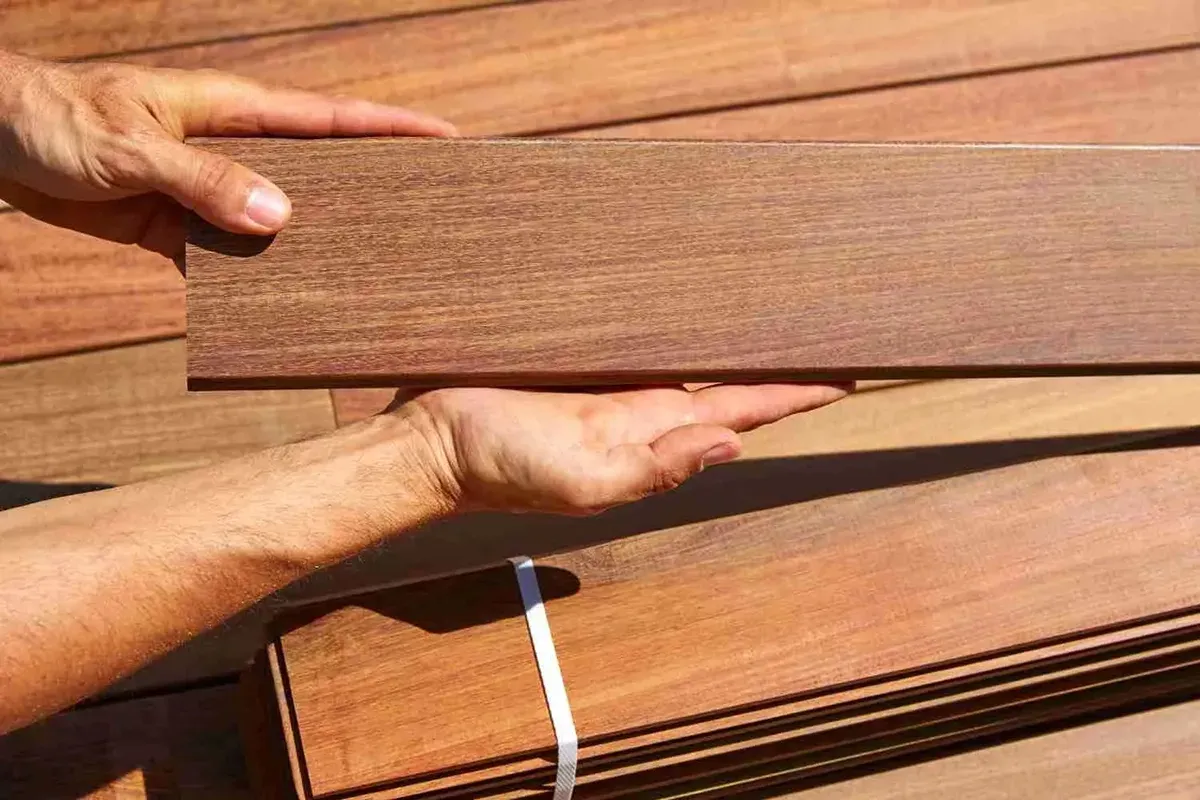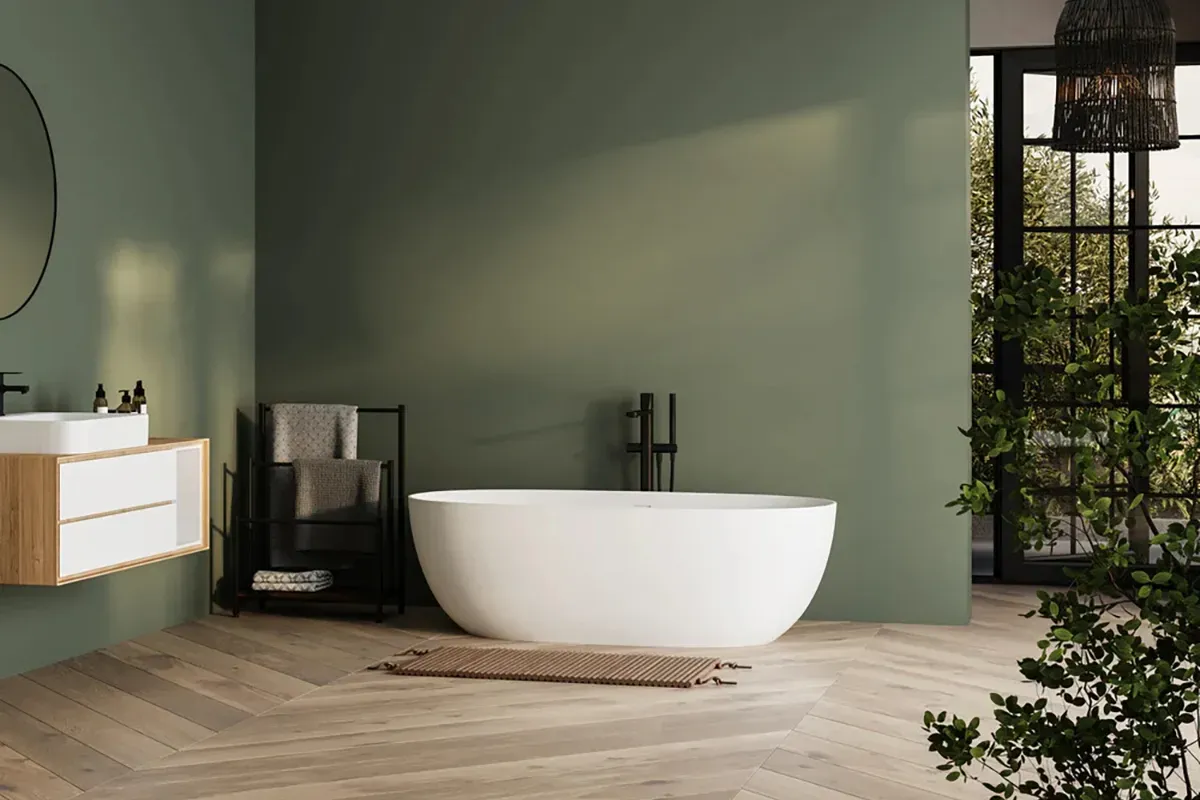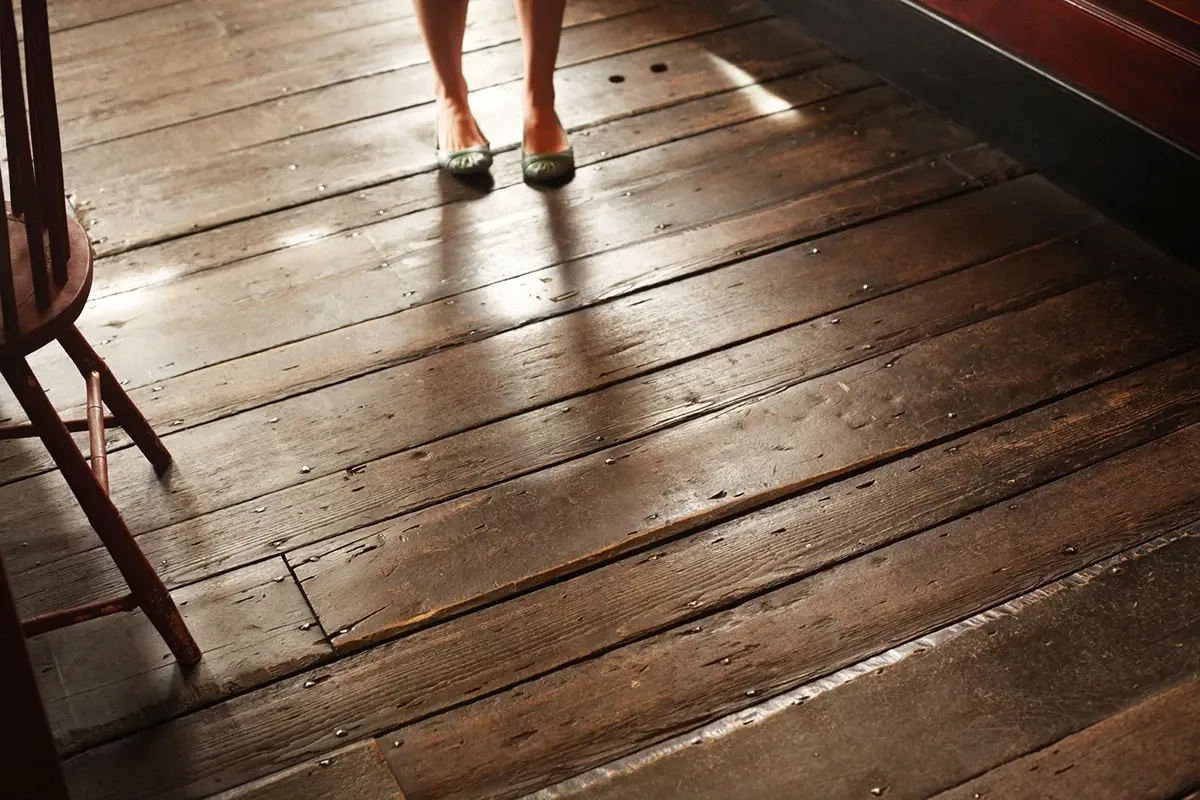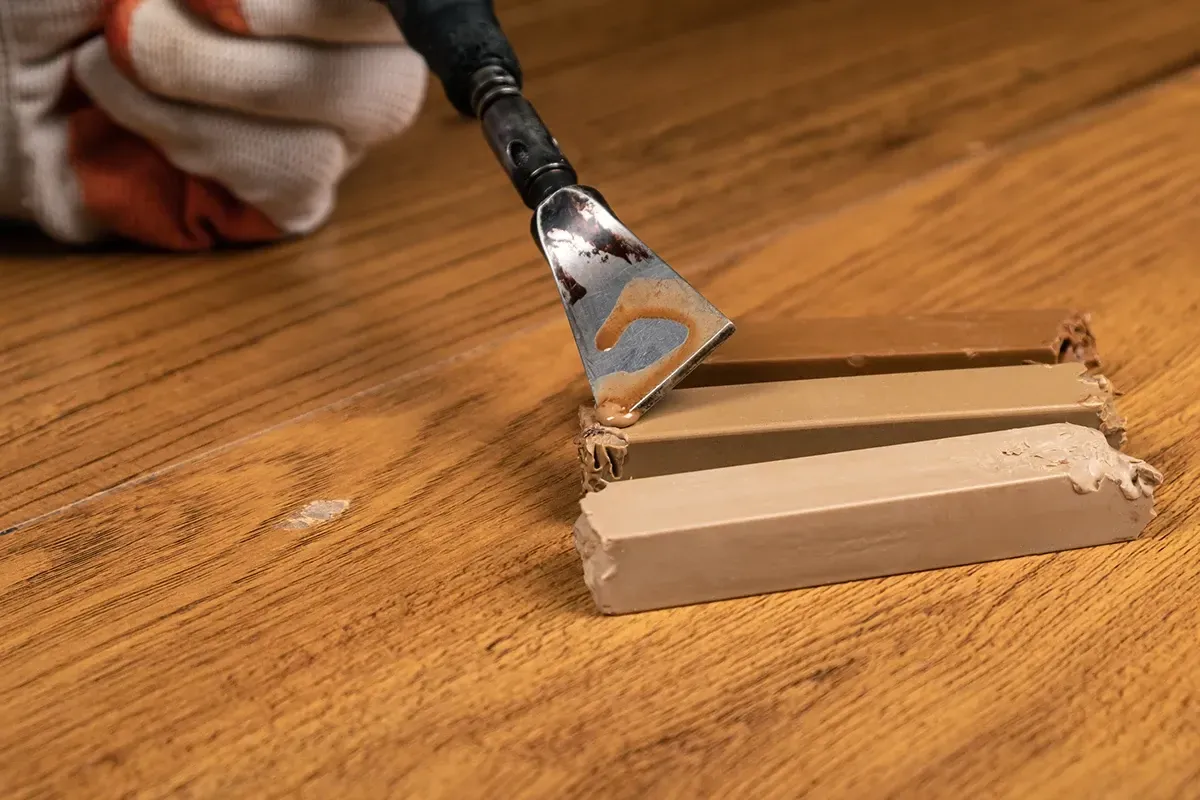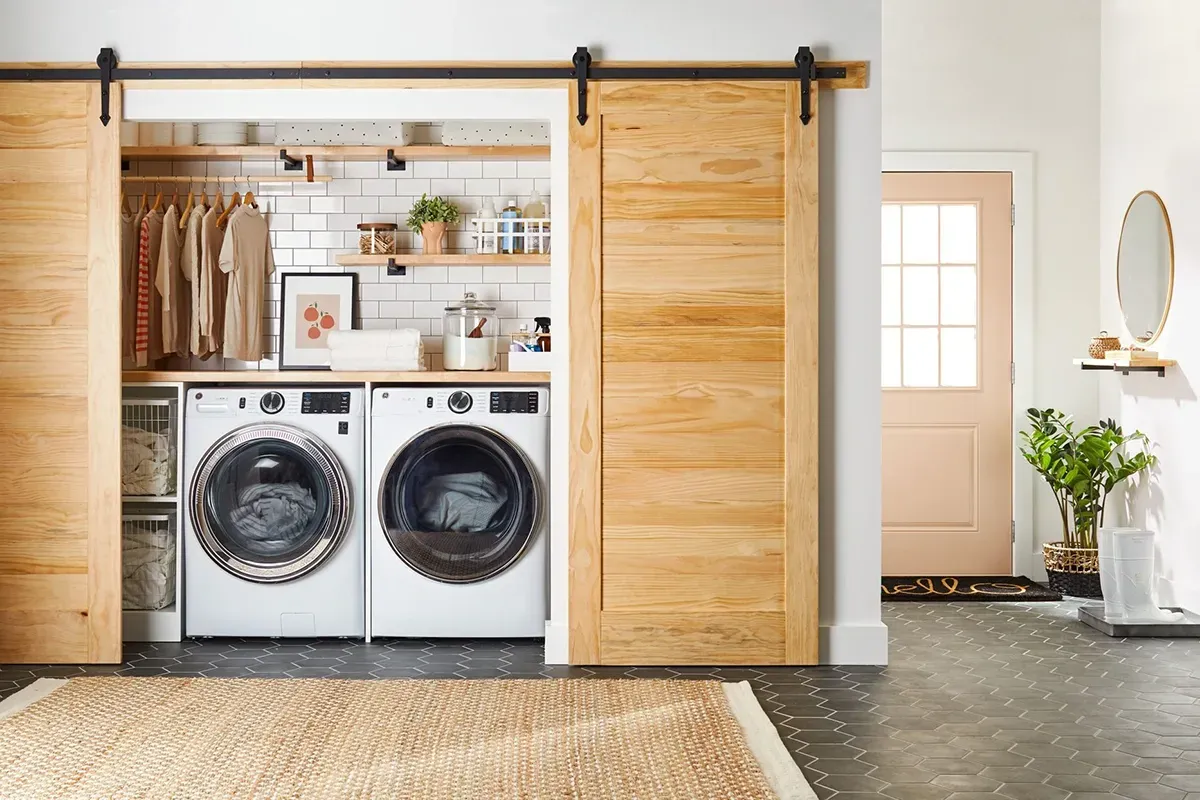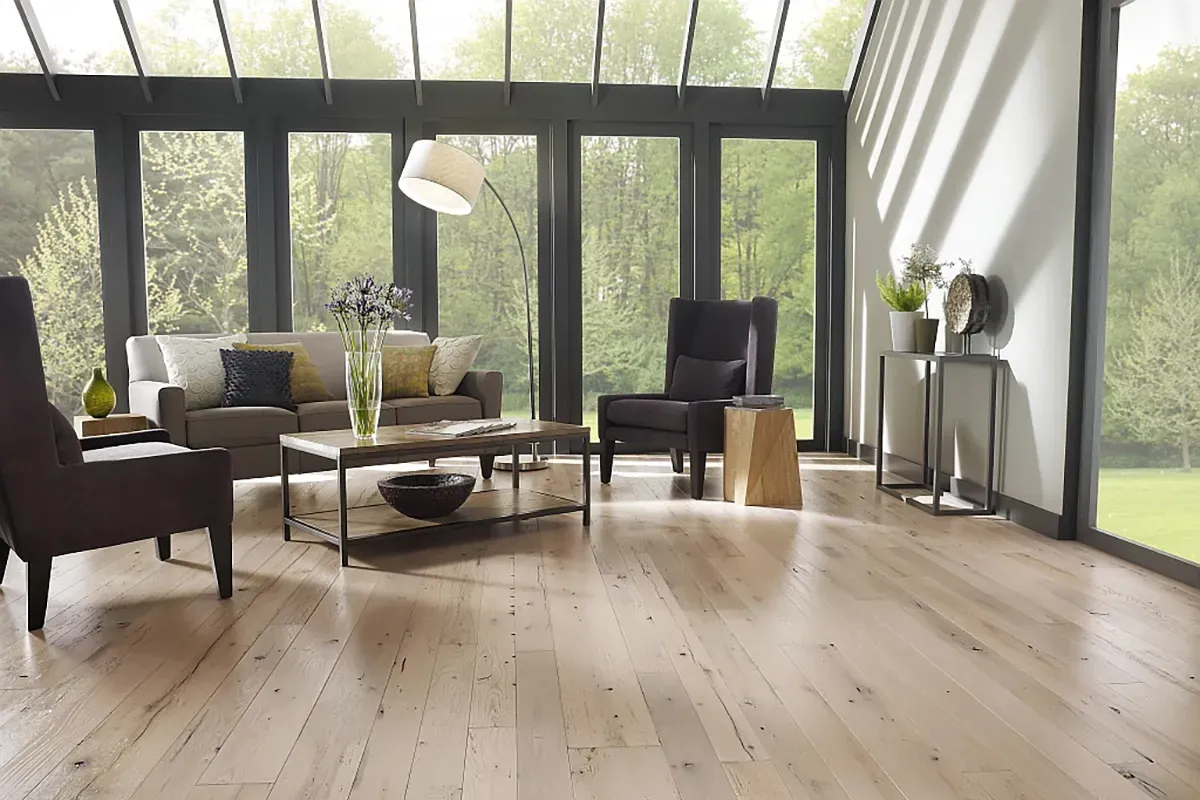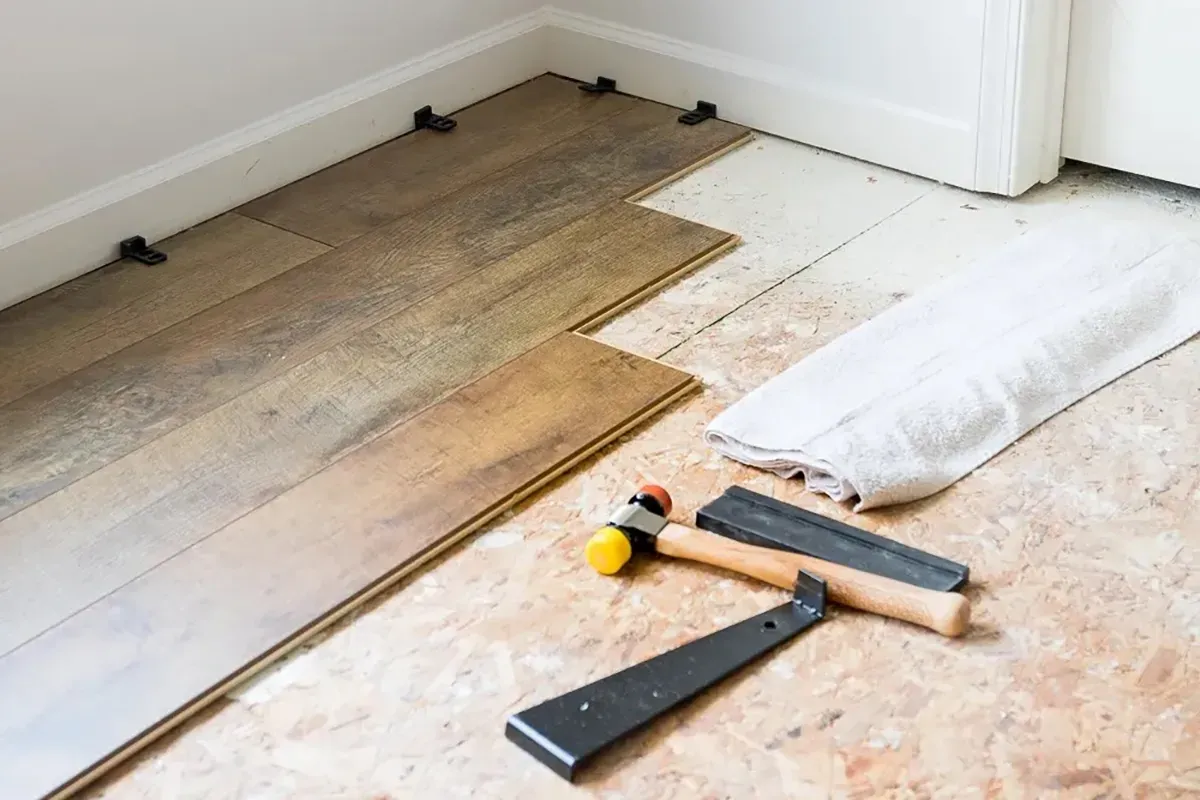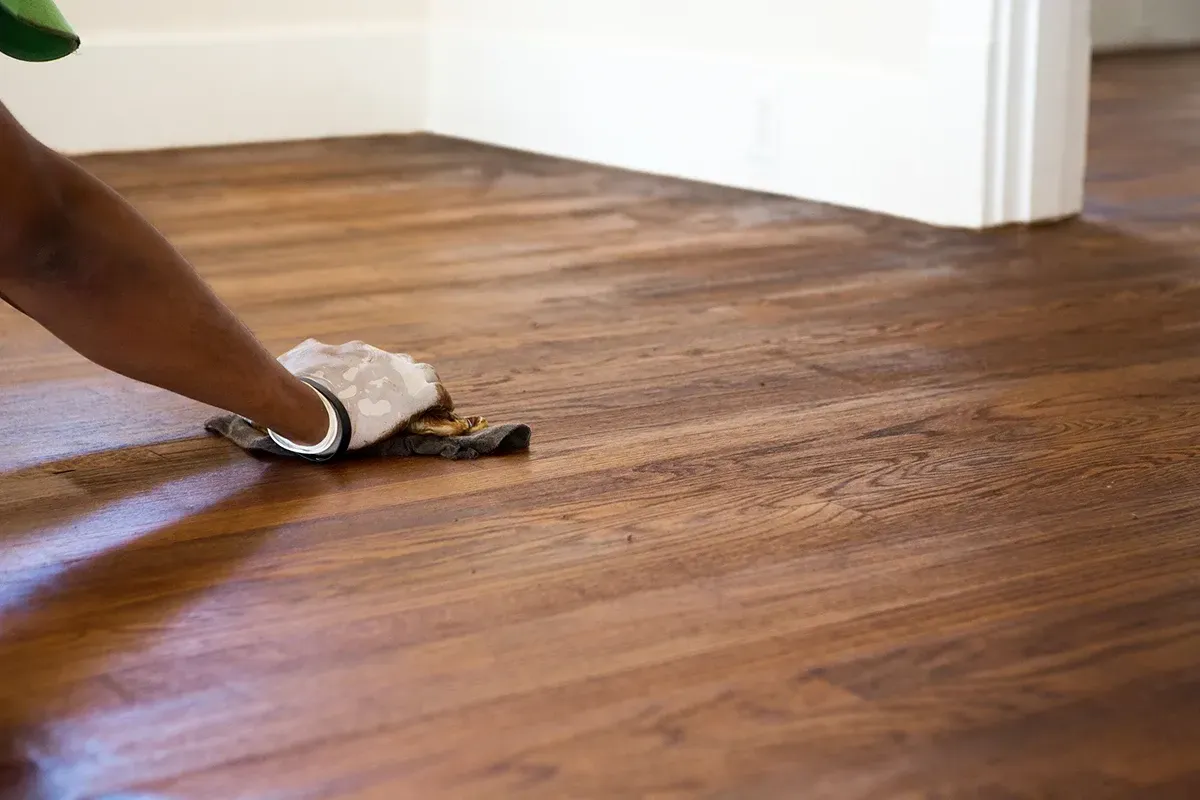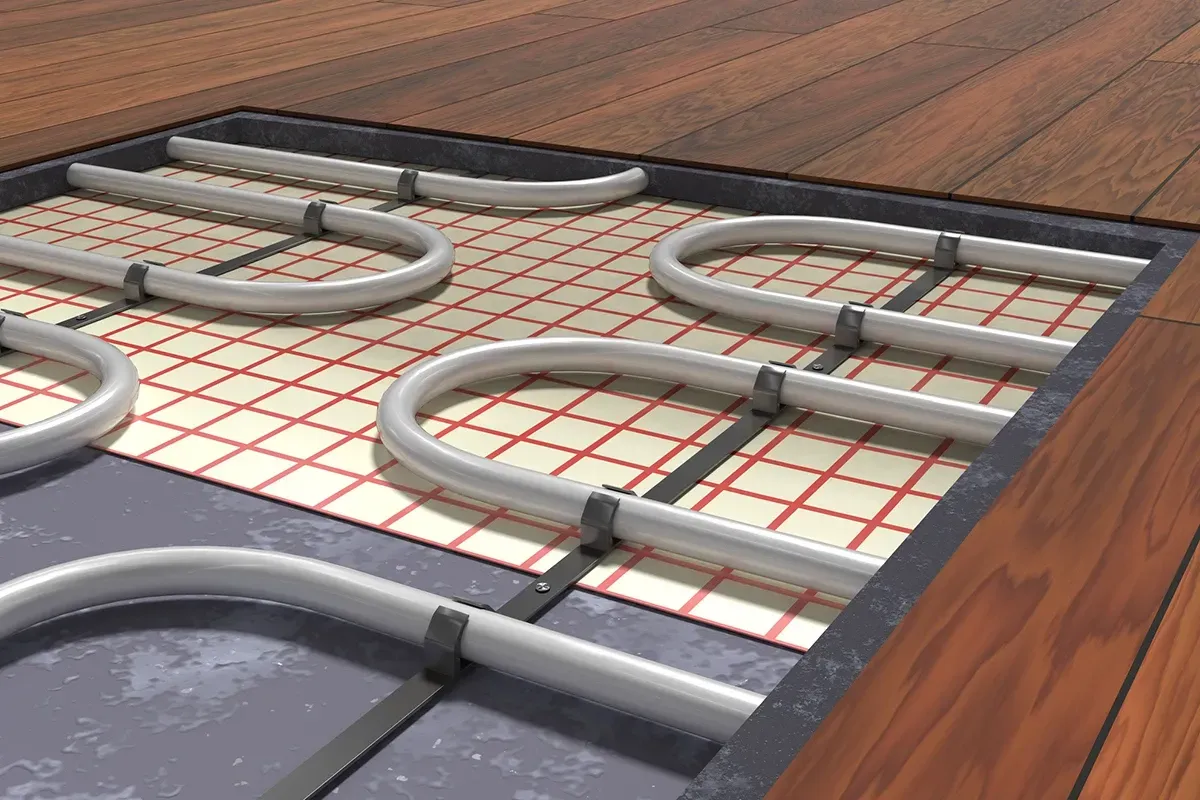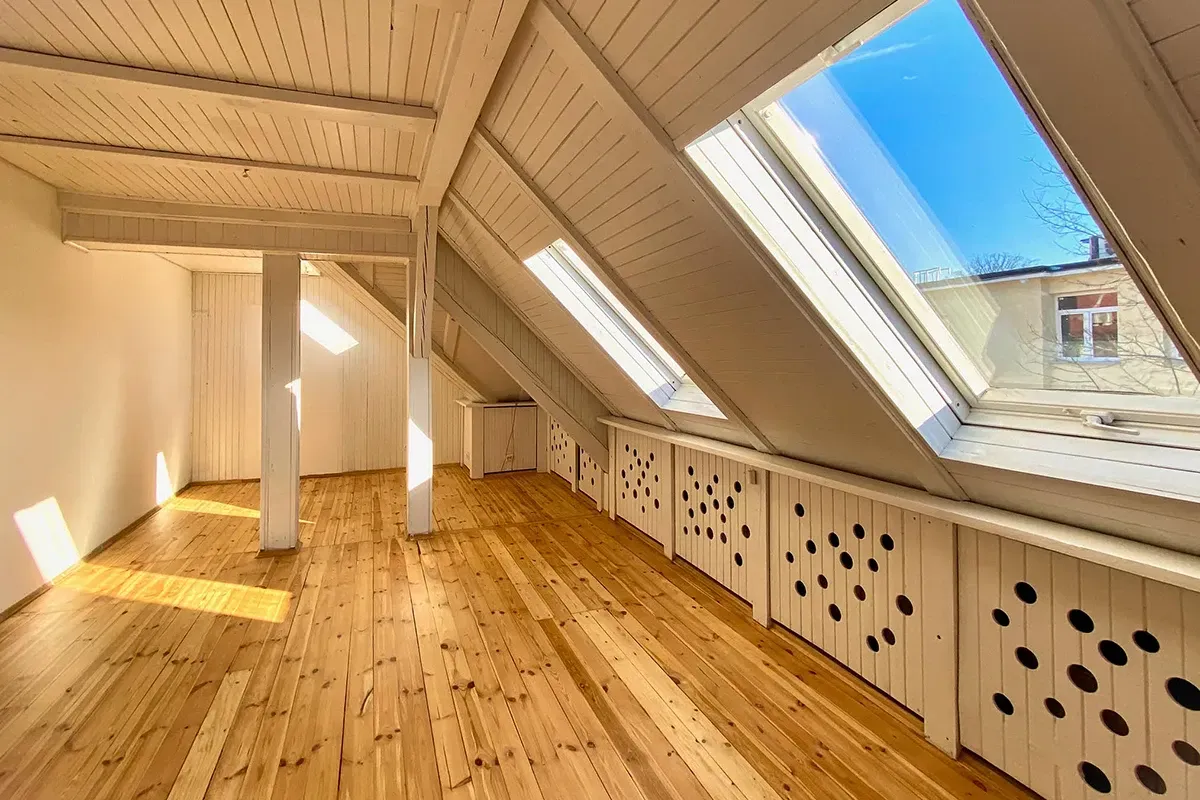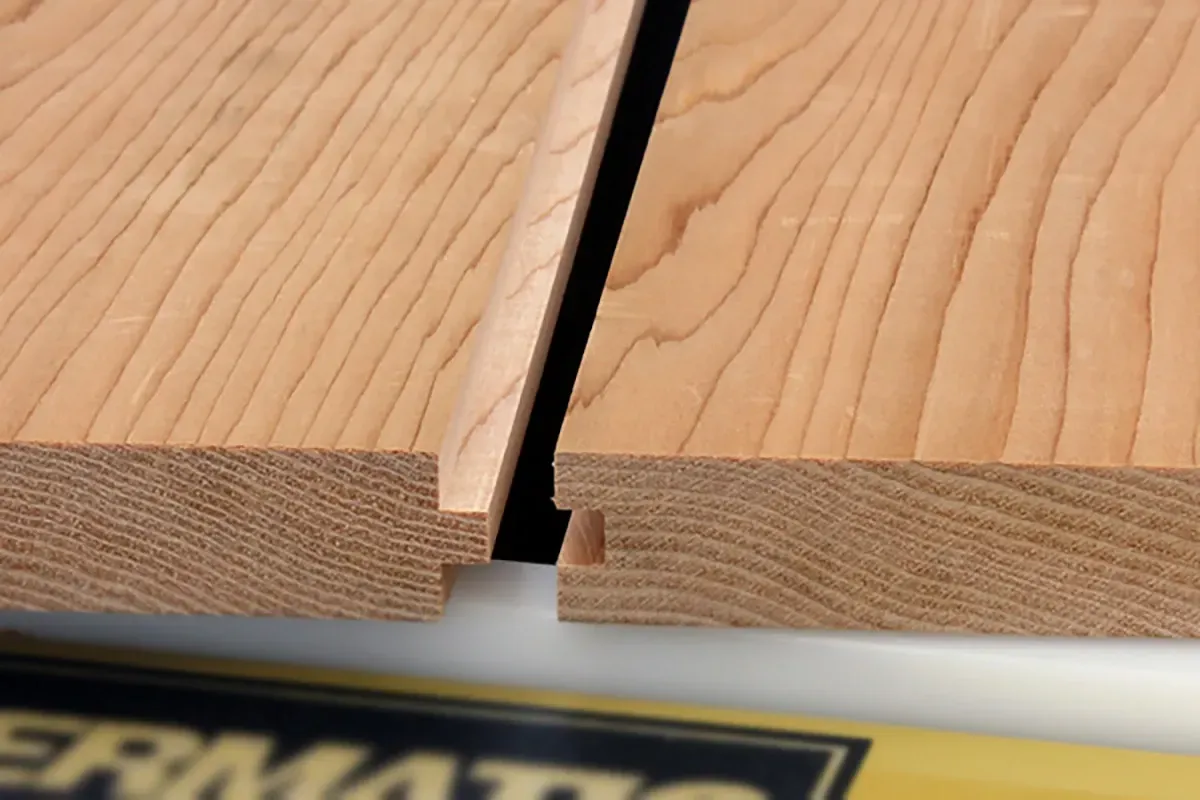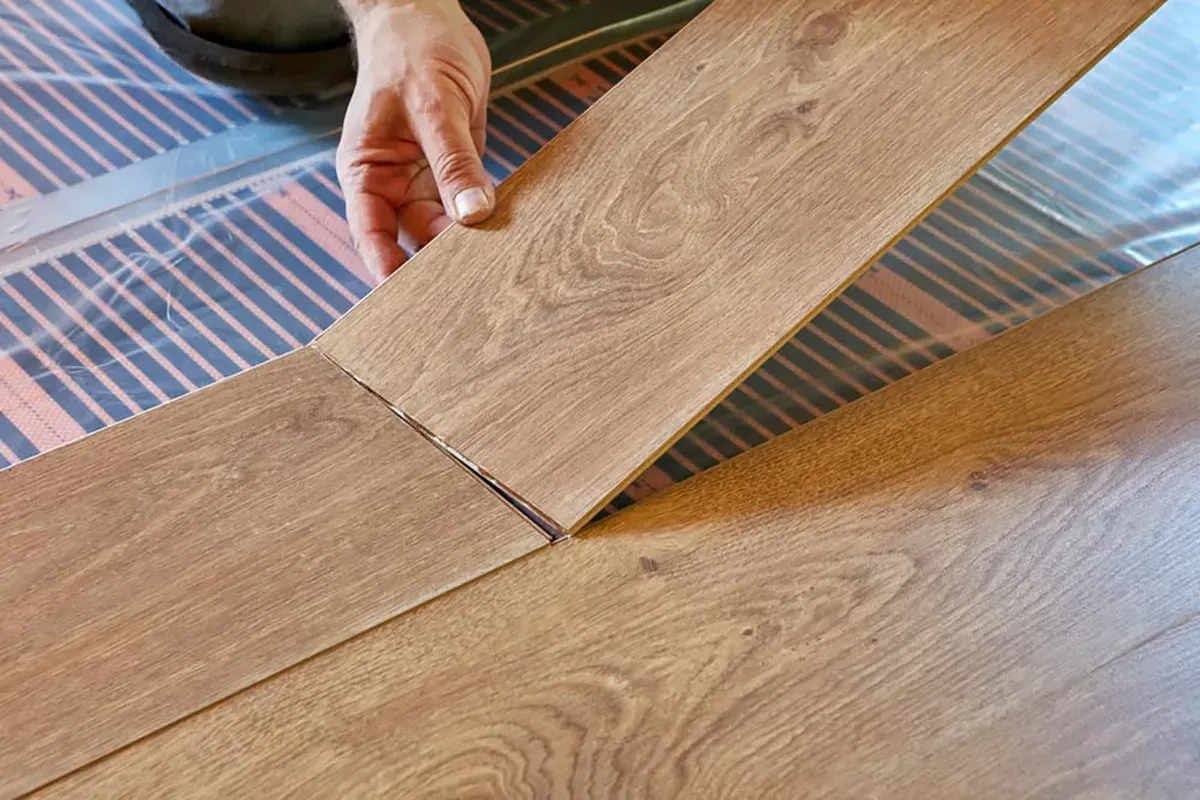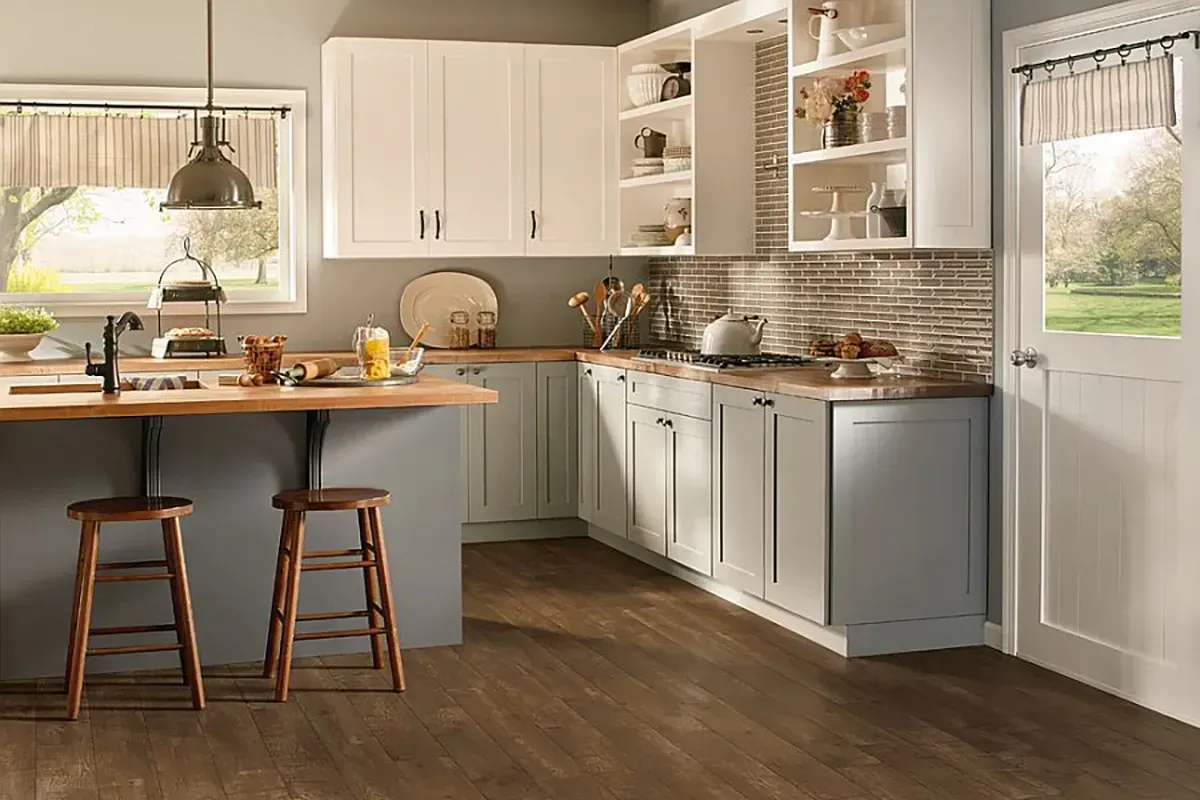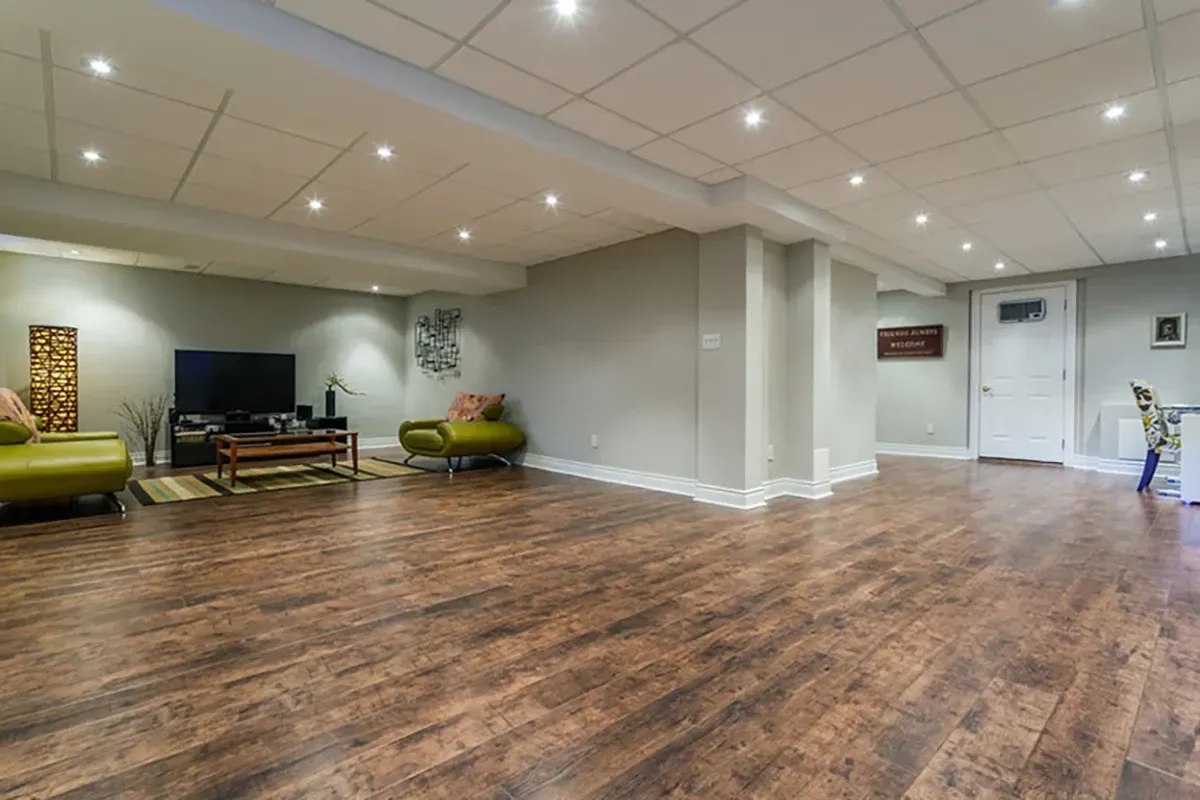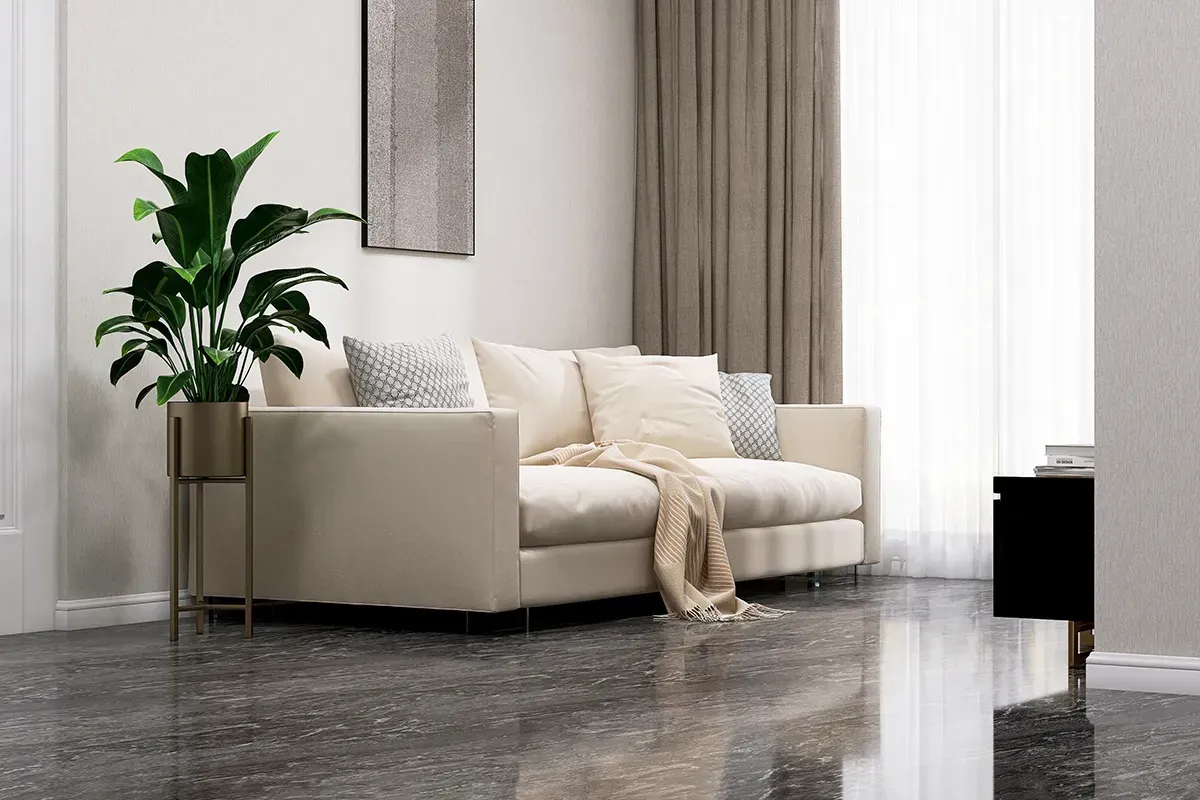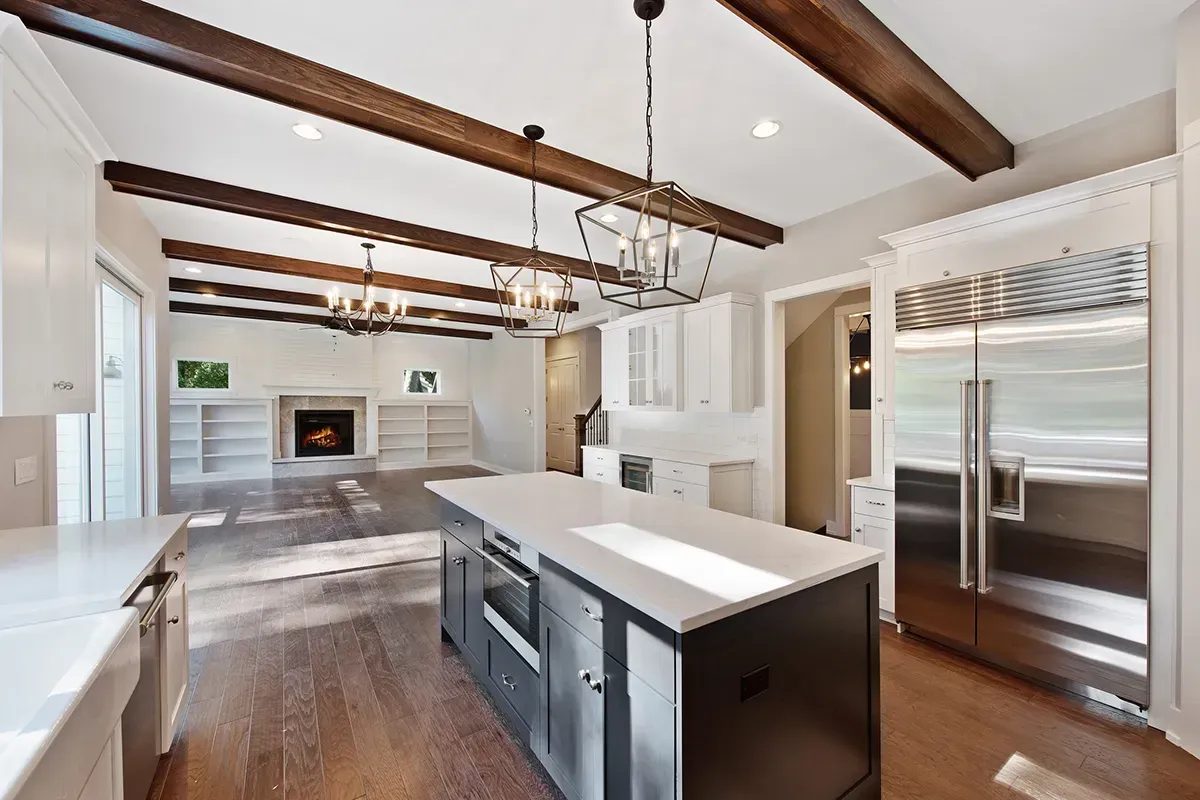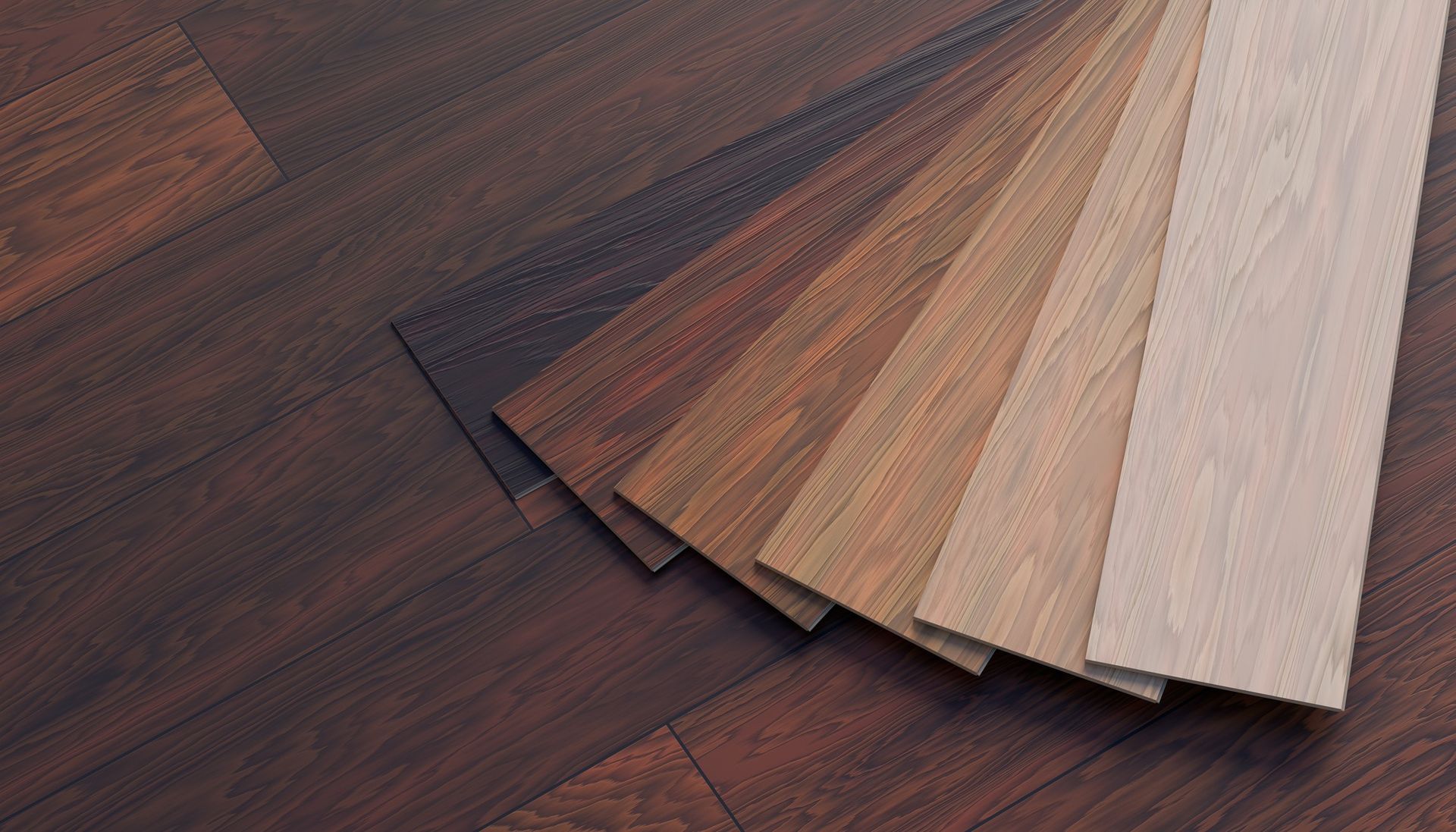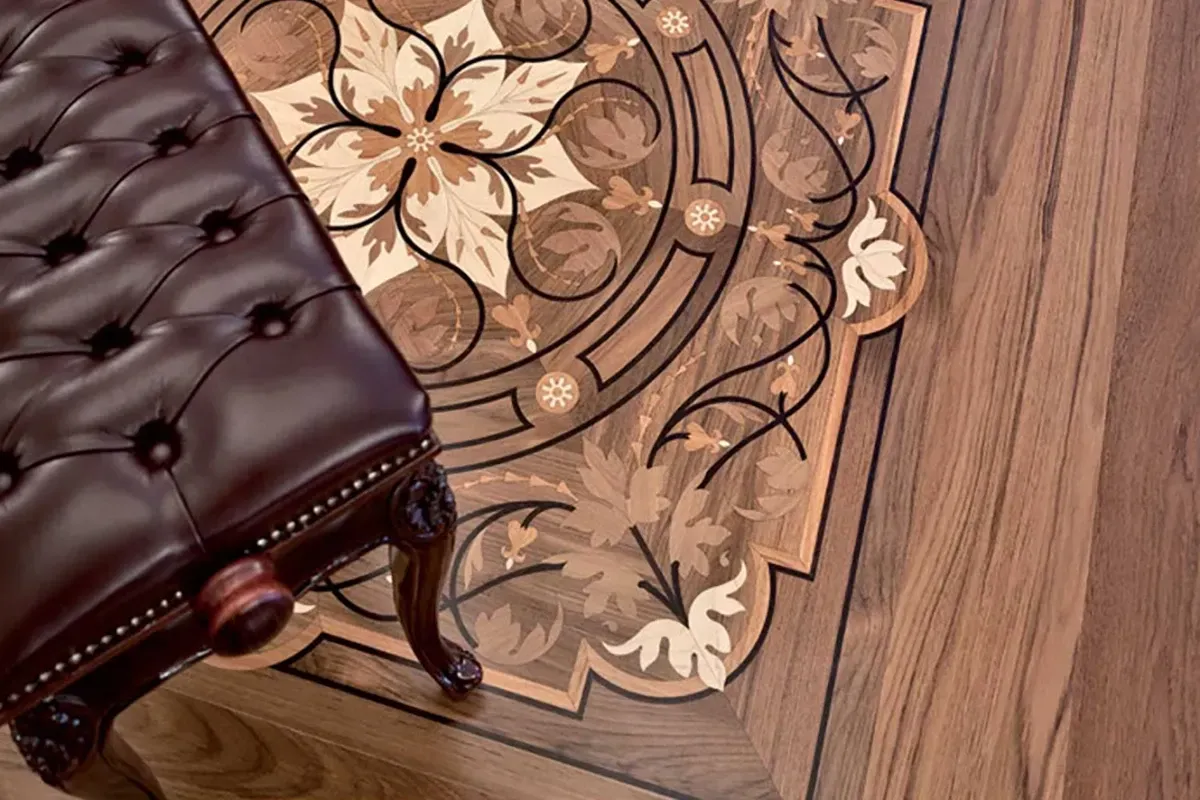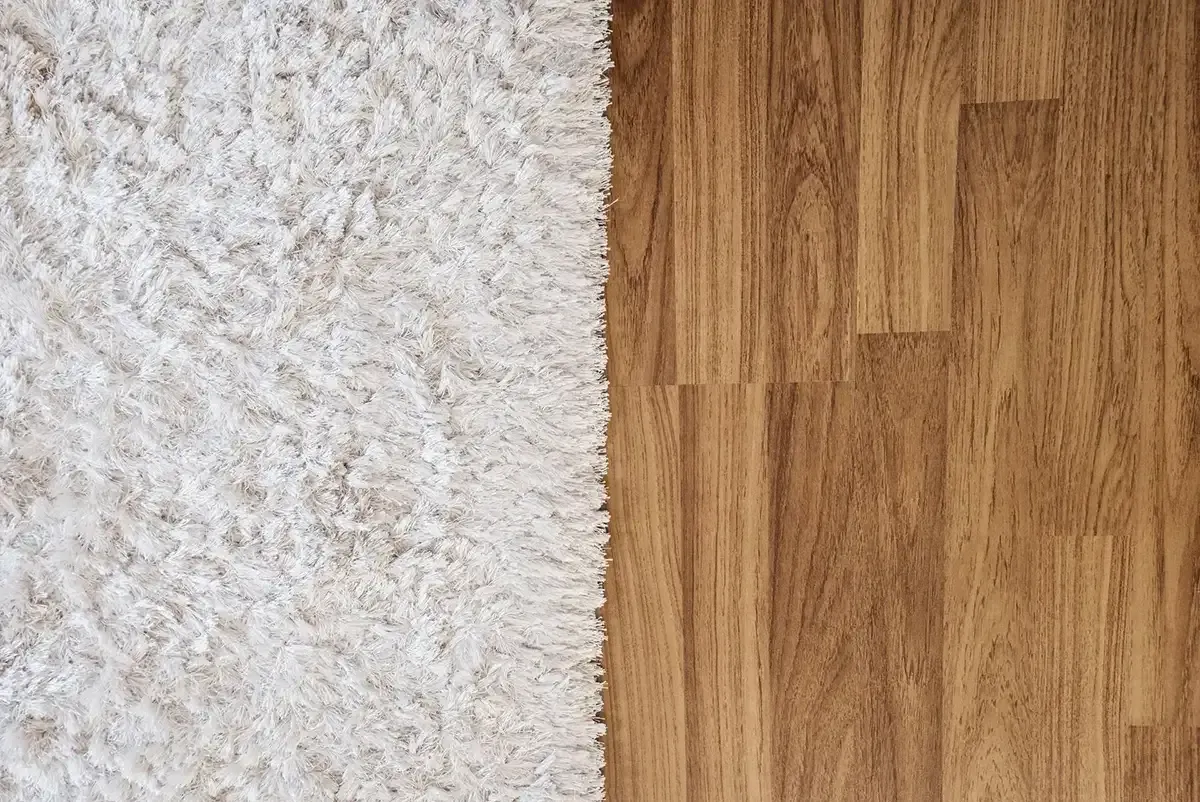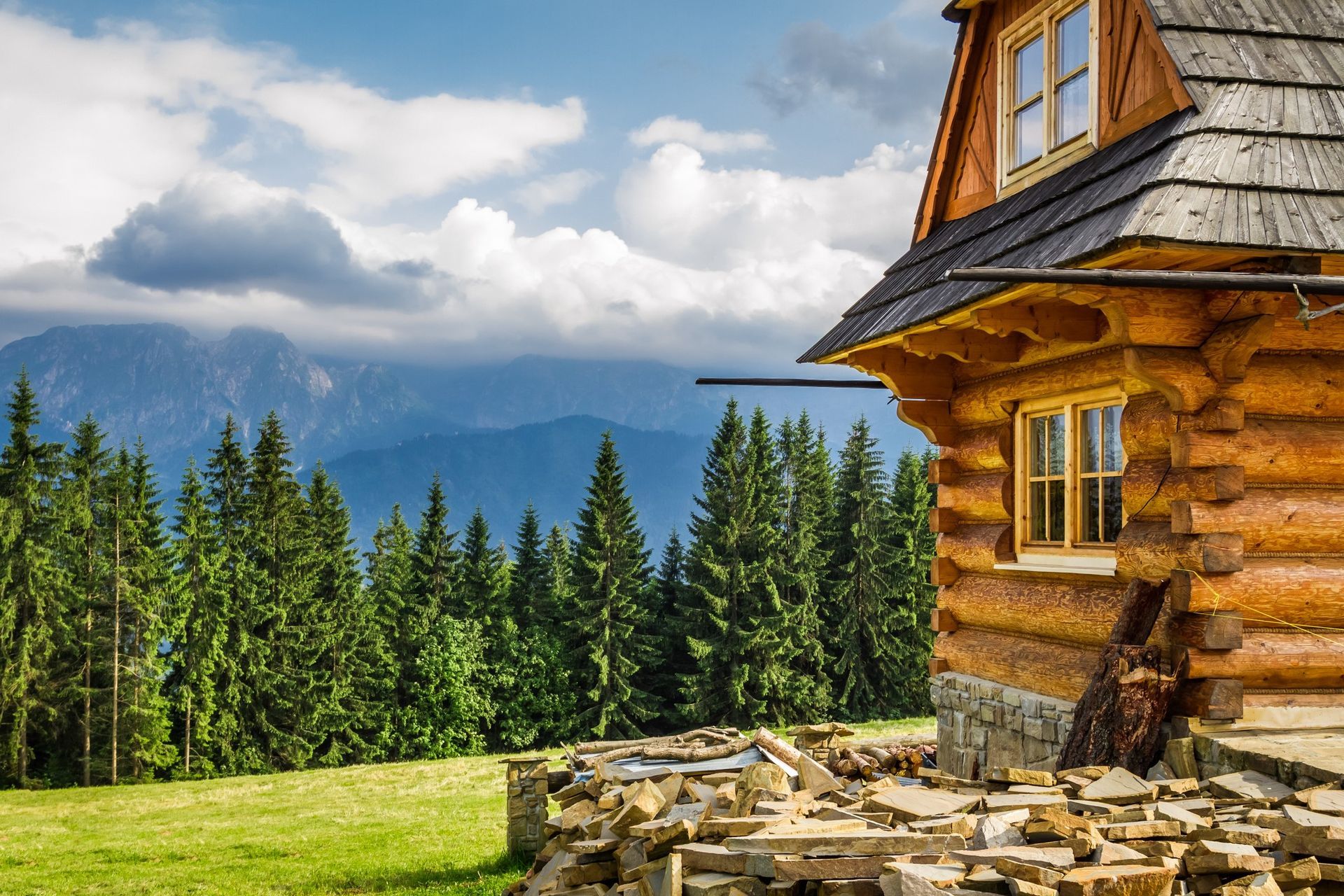Waterproof vs. Water Resistant Laminate Flooring

When it comes to choosing the right flooring for your home, understanding the difference between waterproof vs. water-resistant laminate flooring can make a world of difference. If you're dealing with high-traffic areas, the potential for spills, or simply want a durable, low-maintenance option, laminate flooring has likely crossed your mind. But how do you choose between waterproof laminate flooring and water-resistant laminate? Knowing the pros, cons, and key differences will help you make the best decision for your space. In this guide, we’ll dive into the distinctions between waterproof and water-resistant laminate flooring, their advantages, and why you might choose one over the other.
Understanding Waterproof Laminate Flooring
Waterproof laminate flooring is designed to withstand moisture for longer periods without being damaged. However, even the best waterproof laminates are not entirely impervious to water. Many homeowners mistakenly believe that "waterproof" means the flooring can be submerged in water without any impact, but this is not the case! Waterproof laminate can resist water exposure for extended periods—typically 24 to 72 hours—before moisture begins to seep into the core layers.
How is Waterproof Laminate Made?
Waterproof laminate flooring is composed of several layers. These layers include:
- Base Layer: Provides stability and may include a waterproof backing.
- Image Layer: This is a high-resolution photo that mimics the appearance of natural wood, stone, or other materials.
- Wear Layer: A clear protective coating designed to shield the floor from scratches, dents, and water damage.
What sets waterproof laminate apart is that the core layer is often made of a material that can repel water more effectively than traditional laminate. Some brands use a stone plastic composite (SPC) or high-density fiberboard (HDF) treated with waterproof coatings.
Key Features of Waterproof Laminate Flooring:
- Can resist water for up to 72 hours
- Ideal for kitchens, bathrooms, and basements
- Designed to withstand spills, leaks, and humidity
What is Water-Resistant Laminate Flooring?
While waterproof laminate is designed to repel moisture, water-resistant laminate flooring can only withstand exposure to water for a limited period—typically around 24 to 48 hours—before the water starts to penetrate the surface. Water-resistant laminate is better suited for areas where occasional spills occur but where standing water is less of an issue.
How Water-Resistant Laminate Works
Like waterproof laminate, water-resistant laminate also consists of multiple layers. However, the core layer is typically made of HDF without the additional waterproof treatment. While the surface can repel spills, water that sits for too long can seep into the seams and cause damage over time.
Key Features of Water-Resistant Laminate Flooring:
- Suitable for areas like living rooms, dining rooms, and bedrooms
- Can handle occasional spills but should be cleaned up quickly
- Less expensive than waterproof options
Waterproof vs. Water-Resistant Laminate: The Key Differences
Choosing between waterproof and water-resistant laminate flooring comes down to how much exposure to moisture you expect in your space. Here are the main differences:
1. Moisture Resistance
- Waterproof Laminate: Designed to withstand standing water for up to 72 hours without damage.
- Water-Resistant Laminate: Can handle minor spills but needs to be wiped up within 24 hours to avoid damage.
2. Best Applications
- Waterproof Laminate: Perfect for areas prone to moisture such as kitchens, bathrooms, basements, and laundry rooms.
- Water-Resistant Laminate: Ideal for living rooms, bedrooms, and hallways where spills are less frequent.
3. Durability
- Waterproof Laminate: More durable overall, especially in high-moisture environments.
- Water-Resistant Laminate: Offers solid durability but may wear down more quickly in moisture-heavy environments.
4. Cost
- Waterproof Laminate: Generally more expensive due to the additional moisture protection.
- Water-Resistant Laminate: More budget-friendly but may require extra care to prevent water damage.
Advantages of Waterproof and Water-Resistant Laminate Flooring
Why Choose Waterproof Laminate Flooring?
The biggest advantage of waterproof laminate flooring is its ability to handle water exposure. This makes it the top choice for spaces like bathrooms, kitchens, and entryways where moisture, humidity, or accidental spills are common.
- Increased Durability: Waterproof laminate is built to last in areas with high moisture content, reducing the risk of warping or swelling.
- Minimal Maintenance: This flooring type requires less worry about spills, making it easier to clean and maintain, especially in households with children or pets.
- Aesthetic Variety: Waterproof laminate offers a wide range of styles and textures, allowing you to achieve the look of hardwood, tile, or stone without the cost and maintenance.
Why Choose Water-Resistant Laminate Flooring?
For homeowners who want the look of wood at a more affordable price, water-resistant laminate flooring is a fantastic alternative. It offers protection against everyday spills, making it perfect for living rooms, bedrooms, and dining areas.
- Affordability: Water-resistant laminate is often more budget-friendly than its waterproof counterpart, making it a great option for large spaces.
- Ease of Installation: Laminate floors are known for their easy installation process. Most water-resistant options feature a click-and-lock system, allowing for DIY installation.
- Variety of Styles: Water-resistant laminate comes in an array of styles, mimicking everything from oak and walnut to exotic woods and natural stone.
Drawbacks of Laminate Flooring
While both waterproof and water-resistant laminate flooring offer great advantages, there are a few potential downsides to consider.
- Transition Strips: Laminate floors often require transition strips when changing from one type of flooring to another, such as from laminate to carpet or tile. While these strips are functional, they can disrupt the seamless flow of flooring between rooms.
- Stair Nosing: When laminate is installed on stairs, you'll need to incorporate stair nosing, which can sometimes detract from the aesthetic, although it's often unnoticed after installation.
Which One Should You Choose?
When deciding between waterproof and water-resistant laminate, think about the specific needs of your home. If you’re installing flooring in areas that are regularly exposed to moisture—like a bathroom or kitchen—waterproof laminate is the best choice for long-term durability and protection. However, if you're updating spaces with minimal moisture exposure, such as living rooms or bedrooms, water-resistant laminate may be the more cost-effective option.
Ready to Upgrade Your Home’s Flooring?
Whether you’re leaning toward waterproof or water-resistant laminate flooring, the team at Rejuvenation Floor & Design is here to help. We offer a wide range of flooring options, from laminate to hardwood, luxury vinyl plank (LVP), cork, bamboo, and more. Our experts can guide you through the selection process to find the perfect flooring solution for your home.

